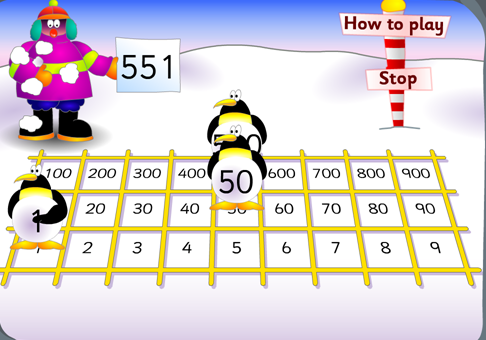I love spring time and all the energy it brings to teachers and students. It is a time to start fresh and try new ideas. It is also a time to make sure kids have the most essential skills required for success in the next grade and on state and local assessments. For my second and third graders, I am looking to be sure they are VERY solid with double digit addition and subtraction and can read story problems and find the answers. I created these Common Core aligned task cards to help me with this goal.
 |
| Here is a peek at my spring themed task cards. You can grab this set of 4 for free here or check out the full set here! |
I looked closely at the Common Core Table 1 of different addition problem types. Students in the grades 2 and 3 are responsible for being able to solve all of these different problem types.
 |
| A look at table 1 from the Common Core. It shows the 12 different problem types that second and third graders need to be able to solve. |
My students have been working on this super important skill all year and this time I really want to make sure all my students can be successful with these at an independent level. If your students are just starting out or have not worked with all the different problem types, you might want to present them in a more supported way.
My plan is to use these on the first nice warm spring day. We will go outside where we have a gravel track that runs around the soccer field. There will be 3-4 task cards clipped to each of five different clip boards spread out around the track. The kids will each have a clipboard of their own with a record sheet on it. They will scoot around the track and solve one task card at each of the five clipboards. They will go around and around until time is up or they have solved all of the task cards.
This will be a fun way to get the kids outside and getting a little exercise and enjoying spring while still practicing math! If spring waits to long, we may end up doing the same type of scoot game right in the classroom or the gym.
As kids finish up, I will have them get with another student and compare answers. On any problems where they disagree on an answer, they have to go find that task card and work out the answer together. If they can't come to an agreement on the correct answer, they come to me for some help. When they are done having their "math talk" and all their answers agree, I can quickly check their record sheet against the answer key. Then if other kids are still finishing up, I often give them a blank task card so they can write their own problem. Then other early finishers can solve their problem or we can use them for warm ups or homework over the next week.
 |
| Blank task cards help me further differentiate the set by allowing students who finish early to write their own problems. I also sometimes have all students write another problem to add to the set or to exchange with another student and solve. |
My students (and me!) always have fun with task cards. They are a great way to add variety to your week!
Don't forget to check out the
free cards or the
full set!











































